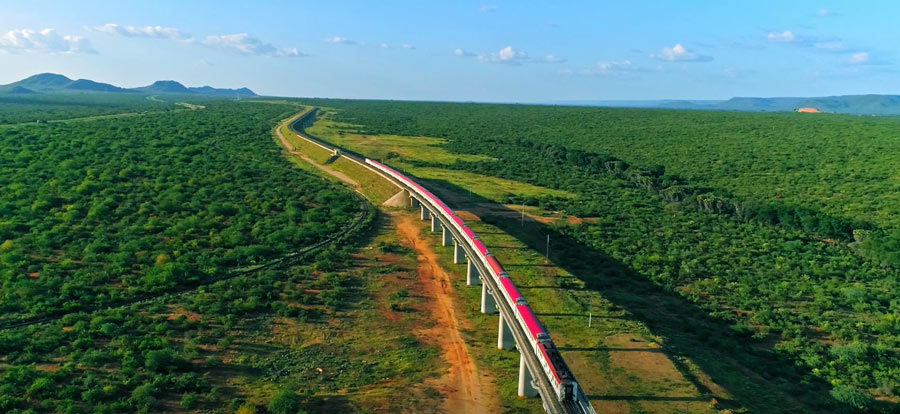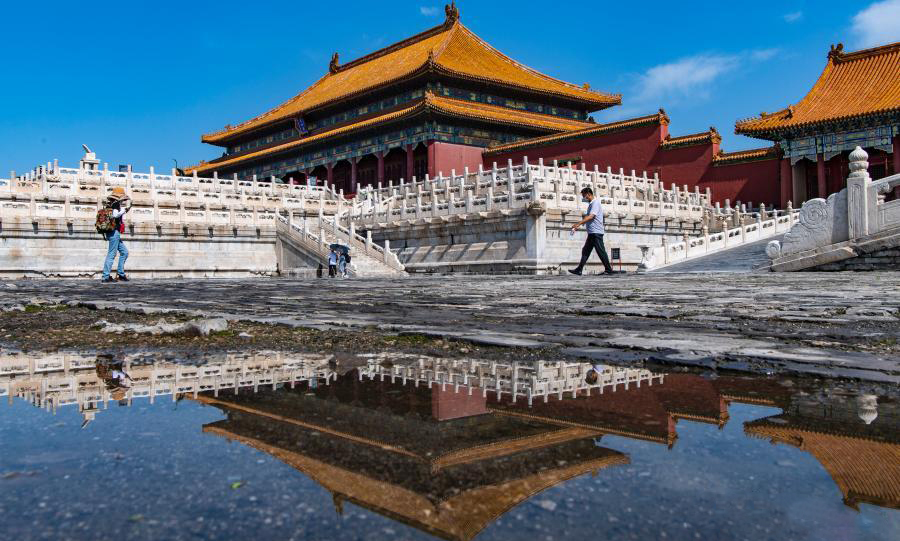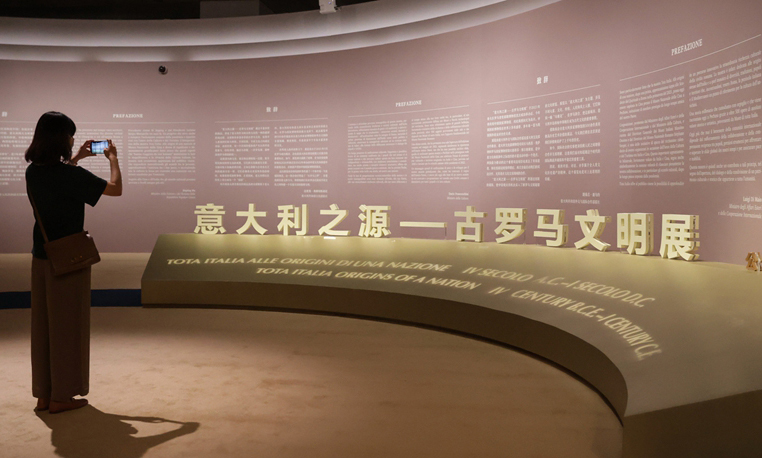Chinese-built modern railway leads to brighter future for Kenya

Chinese-built Mombasa-Nairobi Standard Gauge Railway, connecting Mombasa, the largest port in East Africa, and Nairobi, the capital of Kenya, with a total length of around 480 kilometers, marks five years of safe operation since its launch on May 31, 2017.(Photo provided to People's Daily Online)
As dawn broke, Concilia Owire, a 28-year-old locomotive driver, had already changed into her work uniform as she stopped by the work area for alcohol testing and pre-job registration. When all was ready, Owire and her colleague set off for the locomotive depot, embarking on a new journey.
Growing up in a rural hamlet in western Kenya, Owire never thought about becoming her country's first female train driver one day as the women from her time still suffered from the limitations of patriarchy and poverty, leading most to shy away from pursuing careers that were dominated by men. However, the Chinese-built modern railway – the Mombasa-Nairobi Standard Gauge Railway (SGR) – has transformed her life.
The SGR is the first railway to be built in Kenya since its independence in 1963. The railway, which links up East Africa's largest port city of Mombasa to the country's capital Nairobi, was built to ease the pressure on the domestic road network and is an important infrastructure project to boost the local economy. After two and half years of construction, the long-awaited railway began commercial operations on May 31, 2017, making cross-city trips safer and shorter. Transporting passengers and cargo, the SGR has injected a renewed vitality into the local economy and has changed the life trajectory of ordinary Kenyans like Owire.
Owire was selected to join the railway's first batch of female drivers, having later been sent to China to learn about railway operations and maintenance. After a 50-day training session in China, Owire, with six other female colleagues, returned to their country and began practicing driving the actual locomotives repeatedly to master the terrain and get a feel for the railway line, along with undertaking other preparatory tasks. Training rigorously in Kenya and China prepared her for the arduous task of being in the driver’s seat of a modern train service, while paving the way for her formal recruitment as one of SGR's first female drivers.
Her career path has progressed thanks to her focus, dedication, and passion. She was selected to be the main driver of the inaugural train ferrying high-profile government officials, including President Uhuru Kenyatta Now, her duties have expanded to training upcoming Kenyan locomotive drivers and handling management tasks.
"My biggest achievement came with this career. I am so passionate about my job because I know its importance to Kenya's economy," said Owire. "If I do it positively, I know it will boost our country's economy."
"We need our country to grow, just like the SGR project, is bringing infrastructure. It is all about economic development, and that's what economic growth is about," she added.

Passengers are seen onboard the train to Mombasa at the Nairobi station of the Mombasa-Nairobi Standard Gauge Railway (SGR) in Nairobi, capital of Kenya, July 05, 2022. (People's Daily/Yan Yunming)
Owire's rapid transformation from a village girl to a successful working woman epitomizes the development and transformation that SGR has unlocked in her country. With the average occupancy rate of the passenger trains being over 90 percent, the SGR is a hit among travelers from all walks of life who can now enjoy the convenience offered by the trains.
The SGR has shortened the journey between the two cities from 10 hours to just five, meanwhile cutting logistical costs by 40 percent. “It is a boon for not just commuters but all people in Kenya,” remarked Owire.
As of May 31, 2022, nearly eight million passengers and 1.77 million TEUs of bulk cargo have been ferried between Nairobi and Mombasa since the SGR commenced operations. Five years on, the SGR, the largest infrastructure project in Kenya to date, has emerged as a significant engine that is keeping Kenya's economic growth on track and bringing substantial socioeconomic benefits to its people.
As the Chinese saying goes, "Give a man a fish, and you feed him for a day. Teach a man to fish, and you feed him for a lifetime." The SGR project has created more than 46,000 direct and indirect jobs for the country, with 90 percent of employees being locals. The project also trained more than 1700 local personnel in railway operations and maintenance to ensure the line's smooth operation over the long run.
Efficient transport and employment opportunities are just two of the numerous benefits unleashed by the project, such as expanding access to markets, reducing business costs, opening up isolated areas, and enhancing the competitiveness of locally manufactured goods.
"The SGR has been at the heart of Kenya's quest for economic revival, five years after its launch on May 31, 2017," said James Siele, Kenya Railways' Business, Commercial & Operations Expert Team leader, in an interview with Xinhua.

Chinese-built Mombasa-Nairobi Standard Gauge Railway, connecting Mombasa, the largest port in East Africa, and Nairobi, the capital of Kenya, with a total length of around 480 kilometers, marks five years of safe operation since its launch on May 31, 2017.(Photo provided to People's Daily Online)
Photos
Related Stories
- Kenya's SGR train ferries 7.8 mln passengers since inception
- Chinese-built SGR set to streamline Ethiopia's export, boost profitability
- Chinese-built SGR porvides stable freight service in Kenya
- Huawei to support Kenya to boost cybersecurity amid growing threats
- Chinese firm steps up registration of Kenyan motorists using expressway
Copyright © 2022 People's Daily Online. All Rights Reserved.









